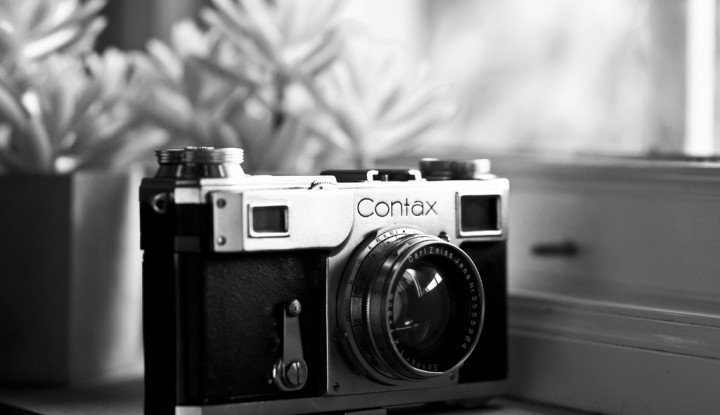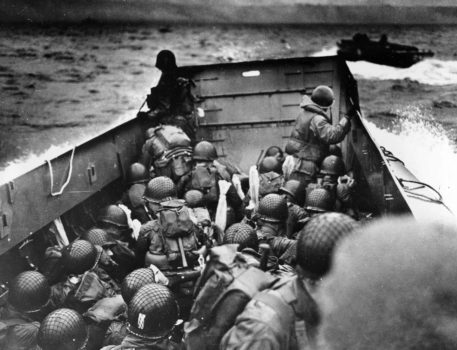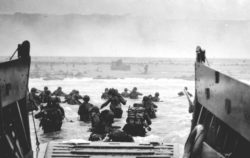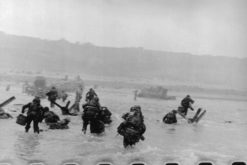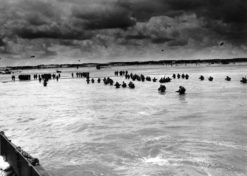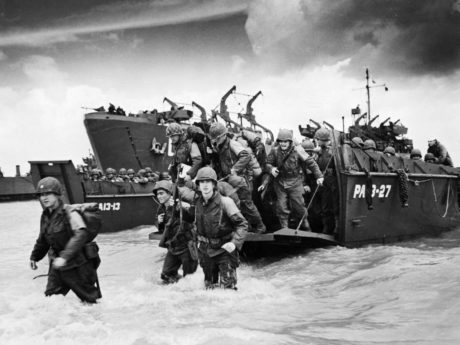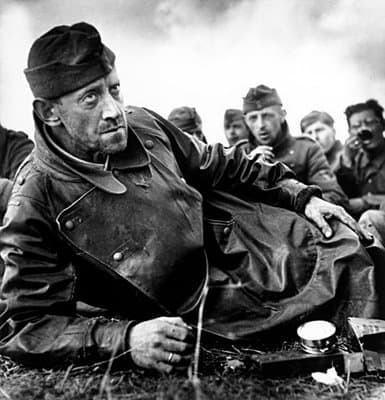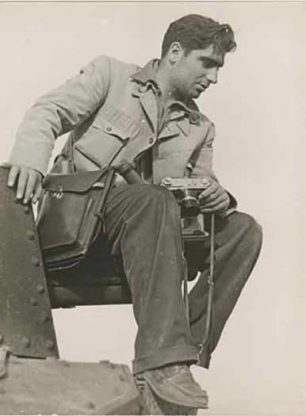As Europe, the US and Canada celebrate today the 70th anniversary of the Normandy landing and honor their veterans & fallen, no one can but remember the impacting pictures of the D-Day by Robert Capa. When soldiers of the 16th Regiment of the 1st Infantry Division landed at Omaha Beach on June 6, 1944, photographer Robert Capa, in the employ of LIFE magazine, was among them. And he carried with him one of the best camera of its time: the Contax II.
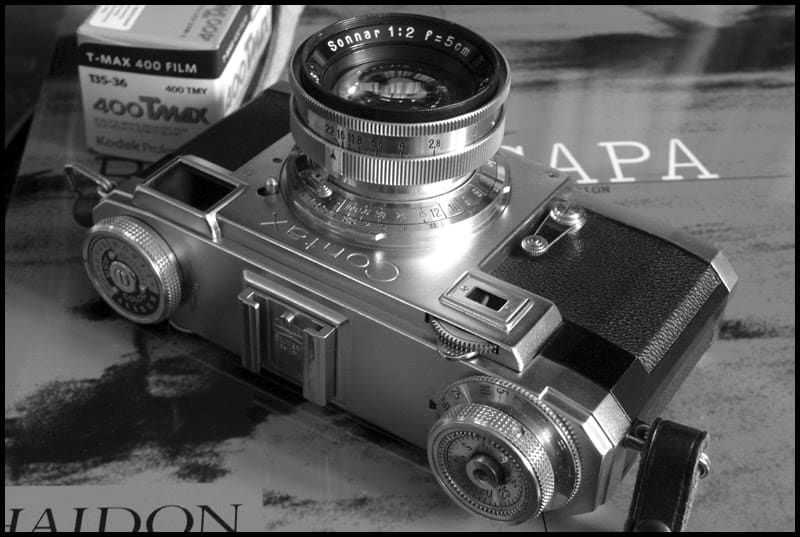
Designed by Hubert Nerwin, the Contax II was released in 1936 and was the successor of the Contax I. It was the first camera with a rangefinder and viewfinder combined in a single window. The Contax ll was the impressive Zeiss response to the popularity and demand for the Leica 35mm camera. This demand for high quality 35mm picture making tools was based on portability and the increasing availability of 35mm motion picture film, packaged into spools and marketed to amateur as well as professional photographers. The Contax became the ‘first choice’ among the professional community while the Leica was considered more the choice for well heeled amateurs and practitioners of a more artistic leaning.
“If your pictures aren’t good enough, you aren’t close enough.”
Robert Capa
During the whole time he spent on Omaha Beach, Robert Capa had used three rolls of film and exposed 106 frames. After reaching England, he sped by train to London and delivered his precious film for developing. Unfortunately, a darkroom technician was almost as anxious to see the invasion images as Capa himself, and in his haste, dried the film too quickly. The excess heat melted the emulsion on all but 10 of the frames. Those that remained were blurred, surreal shots, which succinctly conveyed the chaos and confusion of the day.
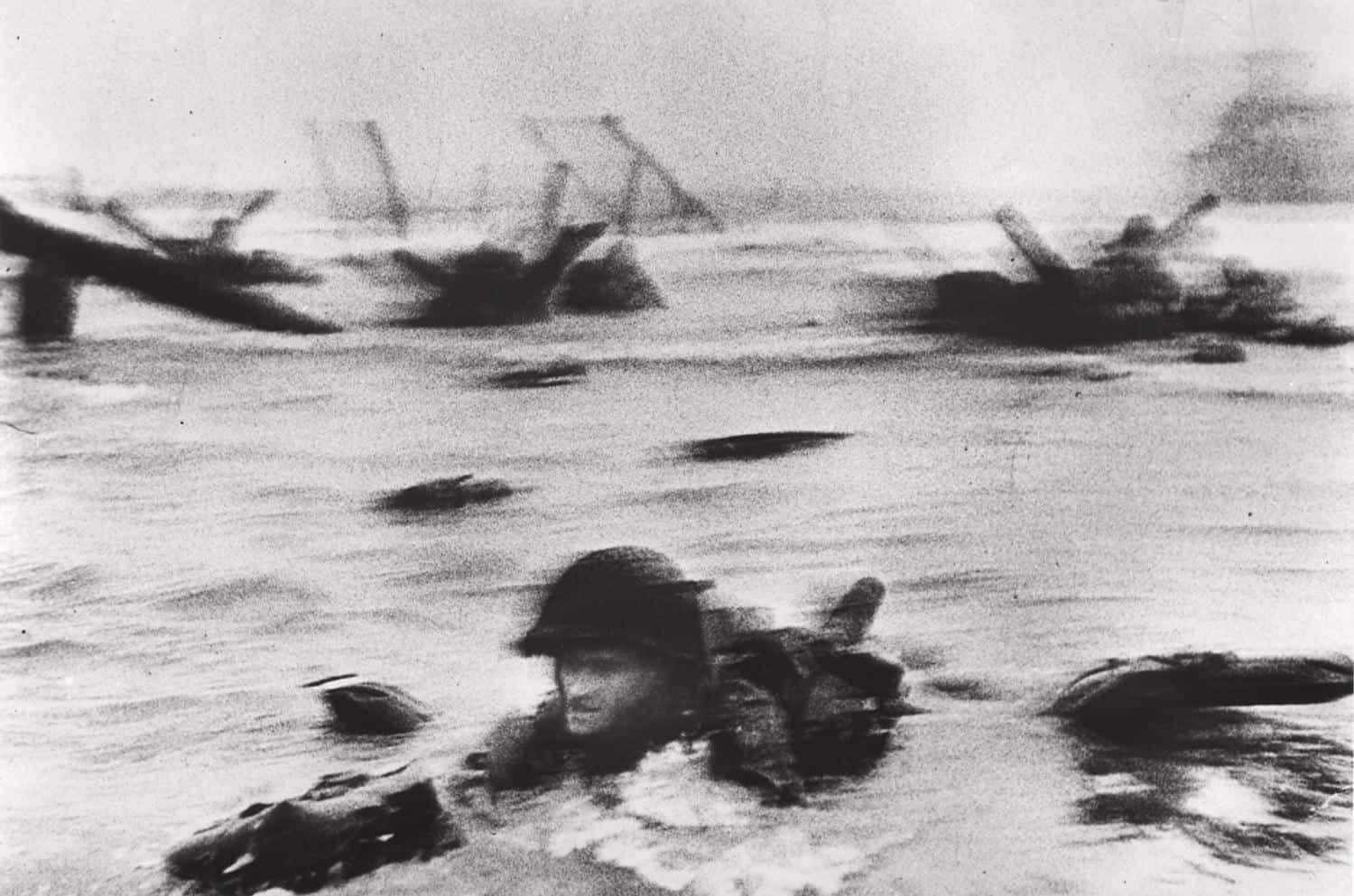
Capa’s D-Day photos have become classics. One of them, depicting a GI struggling through the churning surf of Omaha Beach, has survived as the definitive image of the Normandy invasion. After having cheated death so many times, Capa vowed never to risk his life in wartime photography again. In 1954, however, he agreed to supply LIFE with some photos of the escalating conflict between the French and the Viet Minh in Indochina. That spring, while attempting to get as close to the fighting as possible, he stepped on a land mine and was killed at the age of 40.
May his photos remain an everlasting testimony from the past, to our generation.

